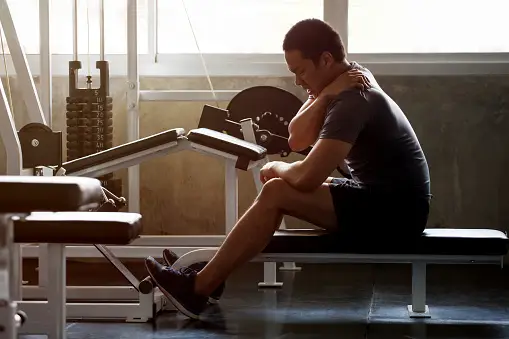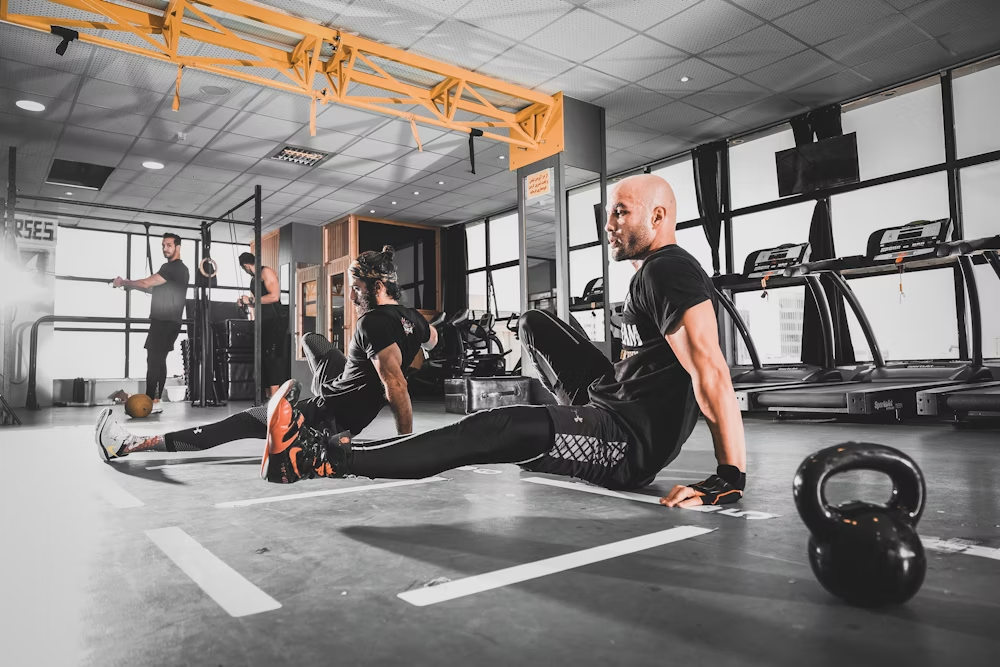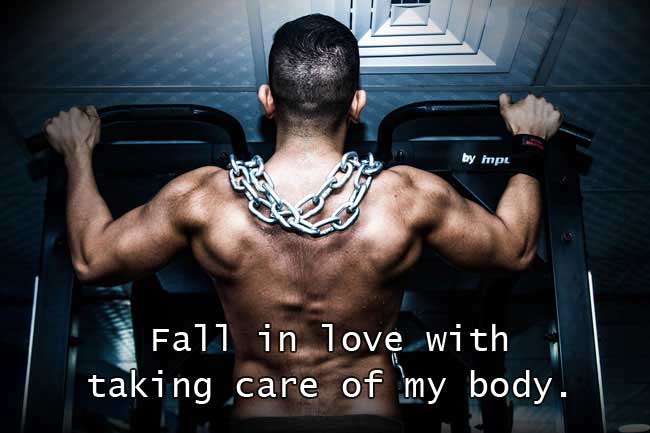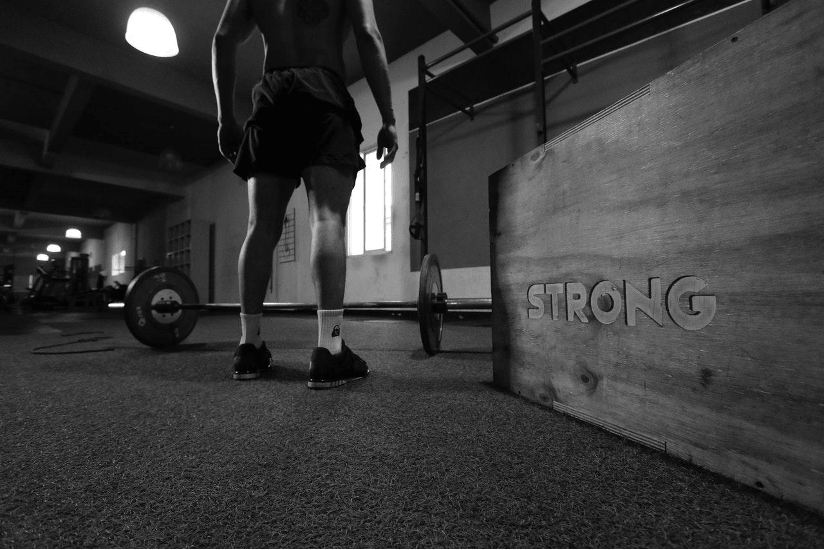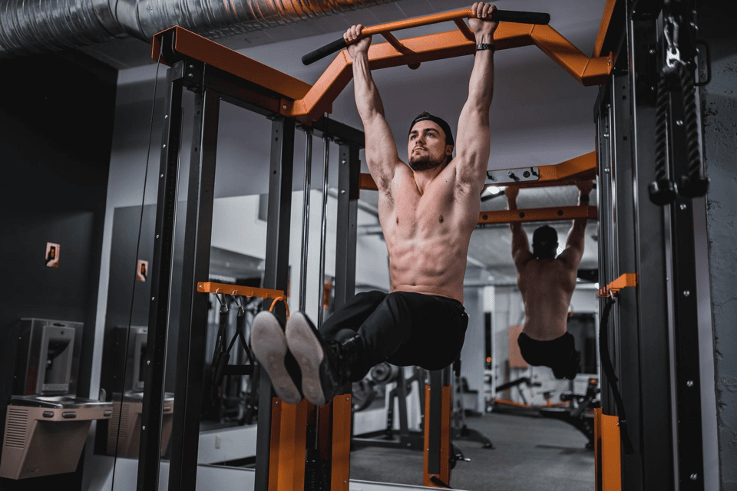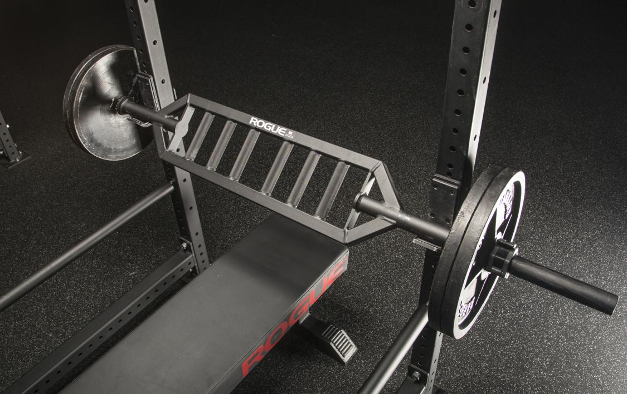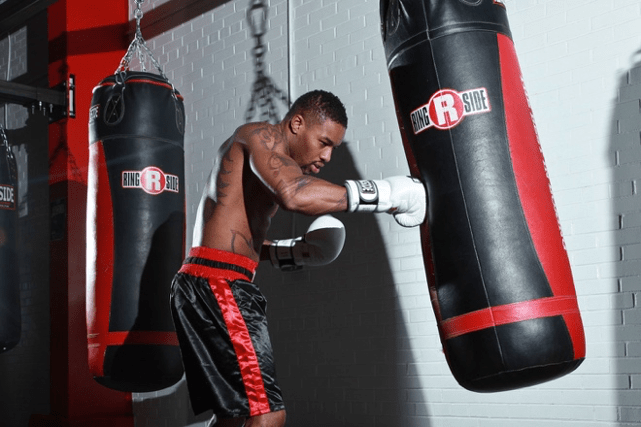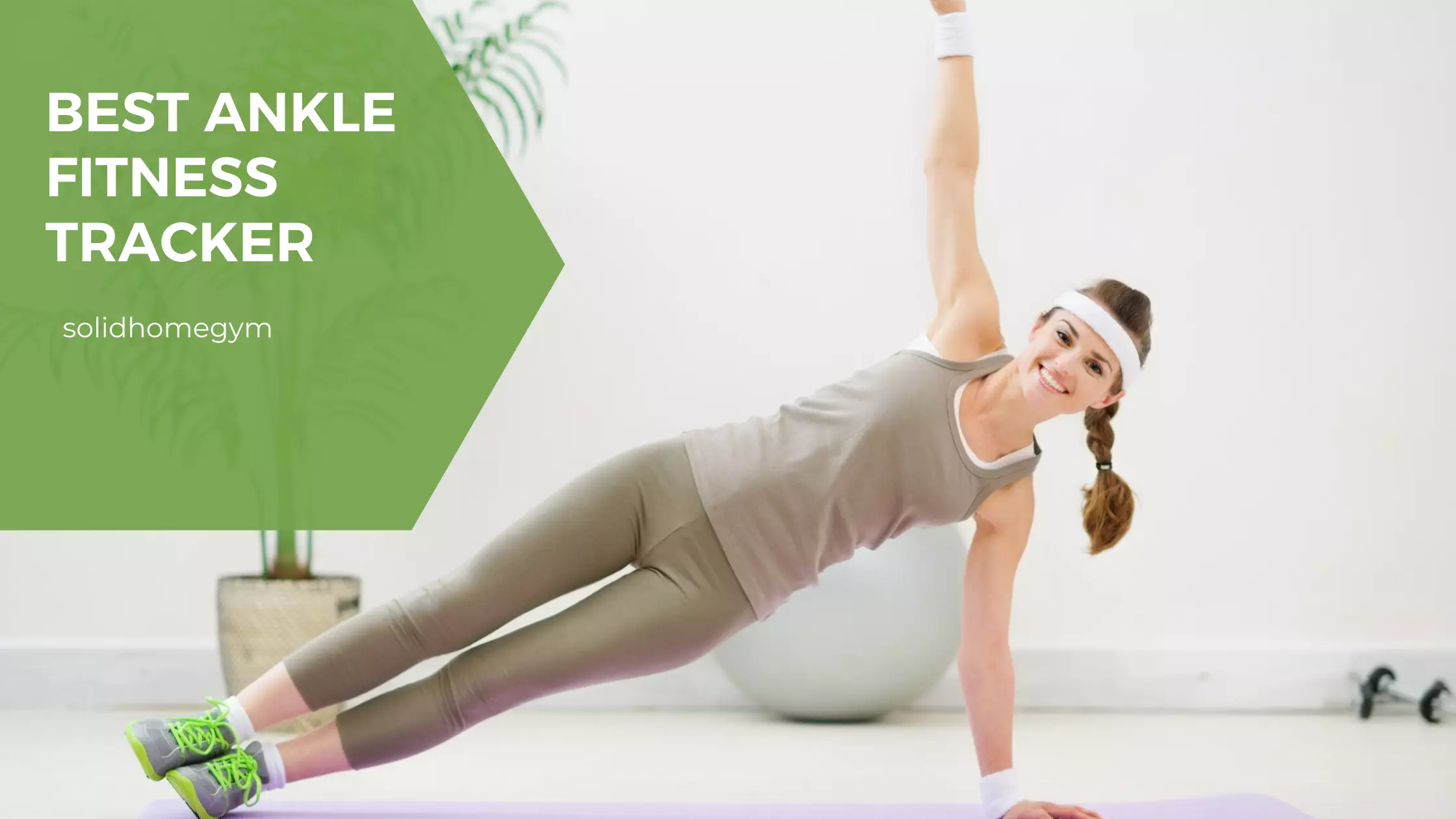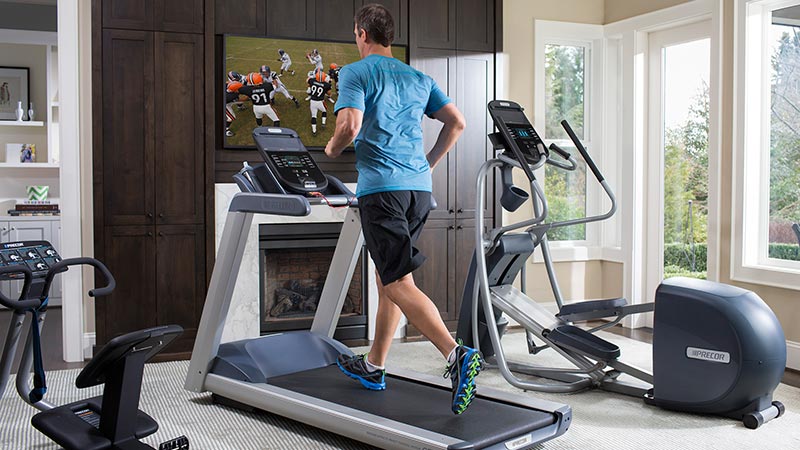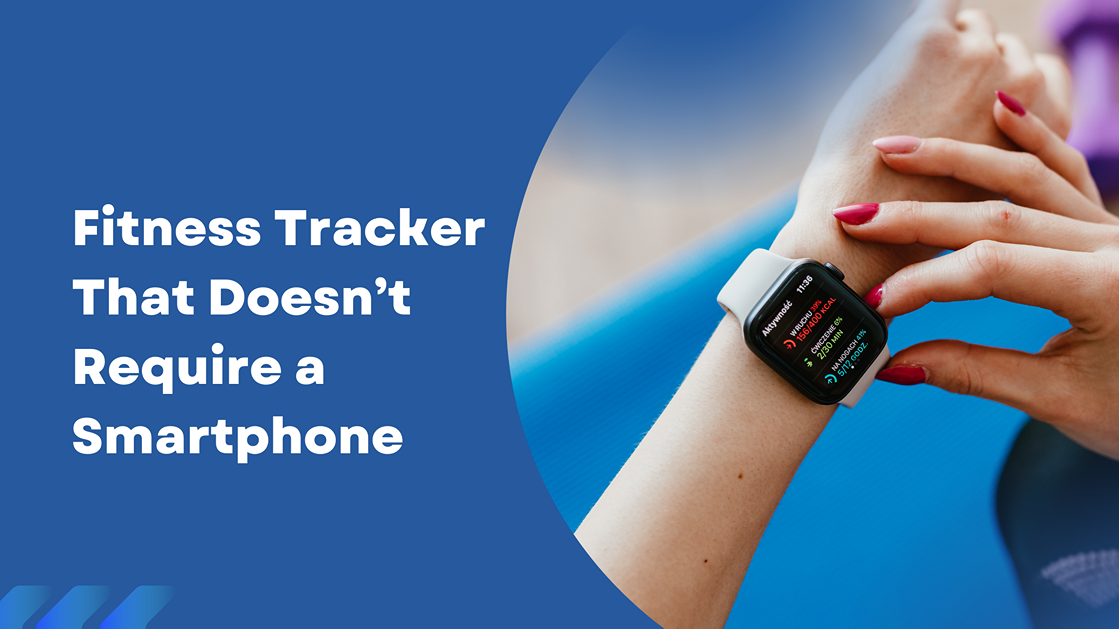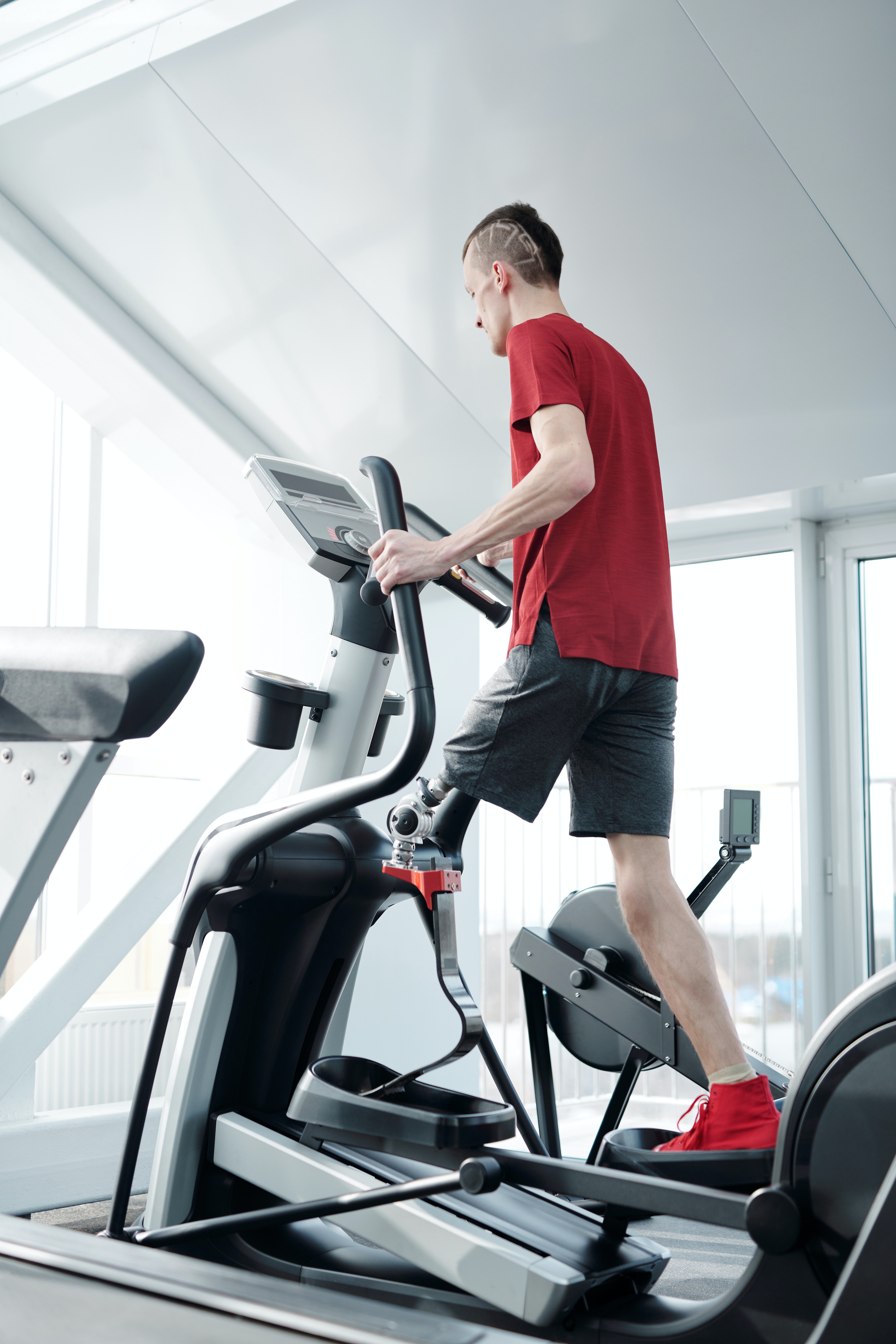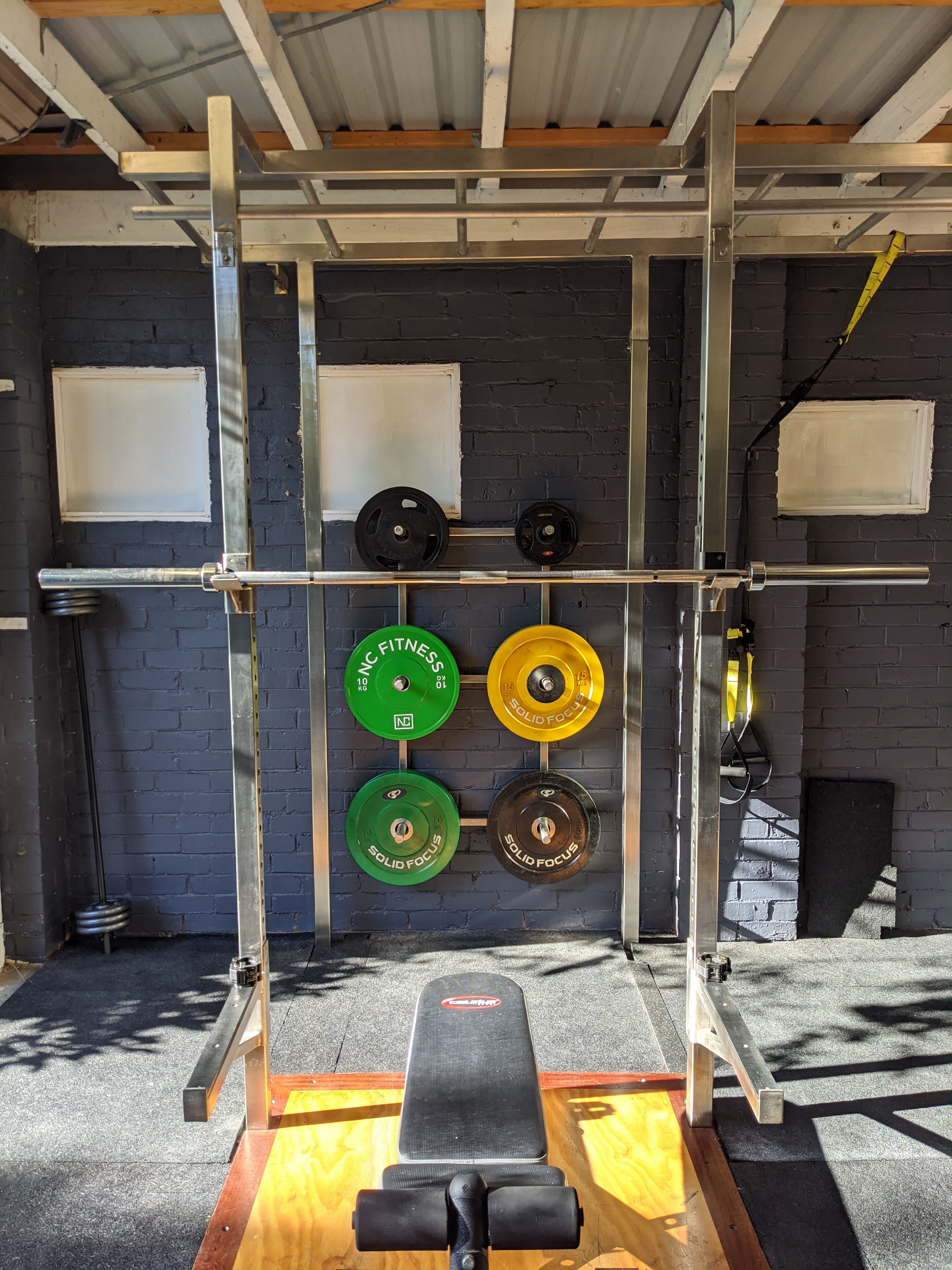Home / Fitness / What muscles does a recumbent bike work?
What muscles does a recumbent bike work?
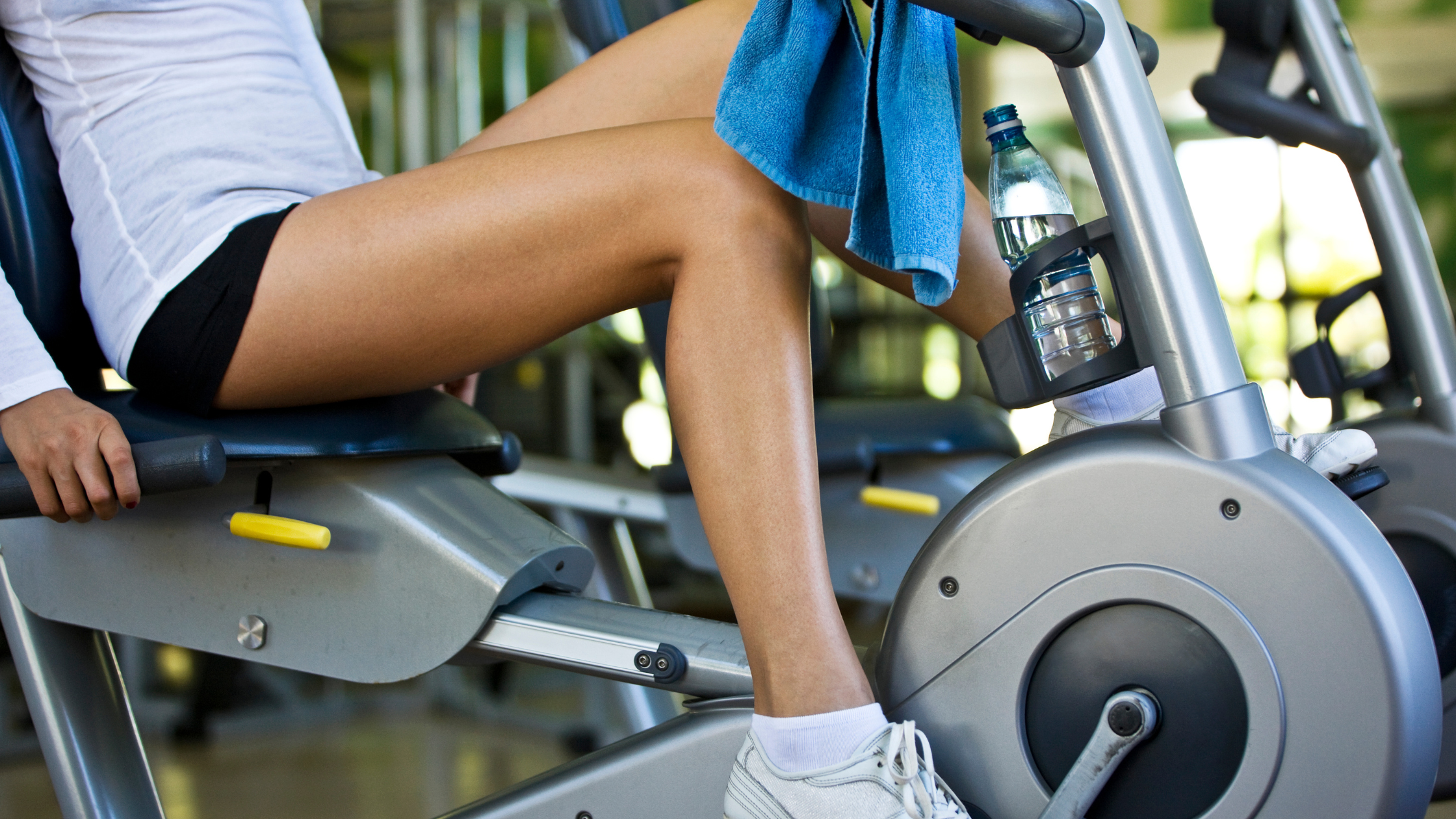
Table of Content
If you're looking for an effective and enjoyable way to work out, a recumbent bike might just be the answer. Not only does it provide a low-impact cardiovascular workout, but it also targets various muscle groups in your body. In this comprehensive guide, we will explore the muscles worked on a recumbent bike and how they contribute to your overall fitness. So, hop on and let's dive into the world of recumbent biking!
Understanding the Recumbent Bike
Before we delve into the muscles worked, let's get familiar with the recumbent bike itself. Unlike a traditional bicycle, a recumbent bike is designed with a comfortable back seat that supports your back and allows your whole body to be easily accommodated. The pedals are positioned in front of you, so when you pedal, your body assumes a horizontal position. This unique design offers a multitude of benefits, including the activation of various muscle groups.
The Hamstrings: Powering Your Legs
One of the major muscle groups activated during a recumbent bike workout is the hamstrings. These muscles are located beneath the upper part of your thighs and work in conjunction with the quads. The hamstrings play a crucial role in making your knees flexible and are engaged when you pedal. They comprise three muscles: semitendinosus, semimembranosus, and biceps femoris.
The Quadriceps: Working Your Thighs
Another important muscle group targeted during a recumbent bike workout is the quadriceps. These muscles occupy the front of your thighs and assist the glutes in pushing the pedals downwards and bringing the legs back to the top position. The adductors, the inner muscles of the quad, also engage themselves during pedaling. The quadriceps consist of four muscles: vastus lateralis, vastus intermedius, vastus medialis, and rectus femoris.
Gluteal Muscles: Shaping Your Butt
The gluteal muscles, commonly known as the "glutes," play a significant role in shaping your buttocks. These muscles activate every time your leg goes from a bent position to a straight position, which occurs during the pedaling motion. The gluteal muscles, comprising the gluteus maximus, gluteus minimus, and gluteus medius, provide substantial support to the butt while pedaling. The gluteus maximus, in particular, takes the lead in engaging these muscles.
The Calves: Strengthening Your Lower Legs
If you're looking to tone your calves, a recumbent bike can be a valuable addition to your workout routine. When you push the pedal, you'll notice that your foot is pointed downwards, a motion known as "plantar flexion." This exercise specifically targets your calf muscles and aids in shaping and toning them. The calf muscle consists of two main muscles: gastrocnemius and soleus. The gastrocnemius plays a more prominent role than the soleus during a recumbent bike workout.
The Abdominals: Strengthening Your Core
When it comes to toning your abs, the recumbent bike offers a unique advantage. The bucket seat of the recumbent bike ensures that your abdominal area is actively involved in the workout session. By adjusting the angle of your legs near the pedals, you can engage your abs even further, increasing the intensity of the workout. The abs act as stabilizers, balancing and providing strength to your entire body. By understanding your body's specific needs, you can effectively target and reshape your abs.
Additional Muscles Engaged
While the hamstrings, quadriceps, gluteal muscles, calves, and abdominals are the major muscle groups worked on a recumbent bike, there are other secondary muscles that come into play as well. These include:
Hip Flexors: The hip flexors assist in bringing your legs towards your abdomen during the pedaling motion.
Lower Back: The lower back muscles are engaged to maintain proper posture and stability during the workout.
Shoulders: The muscles in your shoulders are activated as you hold onto the handlebars and maintain a comfortable position.
Triceps: The triceps, located at the back of your upper arms, are activated when you grip the handlebars and maintain balance.
Chest: The chest muscles are engaged to a certain extent as you maintain an upright position during the workout.
Benefits of Working these Muscles on a Recumbent Bike
Engaging these various muscle groups on a recumbent bike offers numerous benefits beyond just toning and strengthening. These include:
Low-Impact: Recumbent biking is gentle on your joints, making it suitable for individuals with joint issues or injuries.
Cardiovascular Health: The cardiovascular workout provided by a recumbent bike helps improve heart health and overall endurance.
Weight Management: Regular sessions on a recumbent bike can aid in weight loss and weight management.
Balance and Stability: By engaging multiple muscle groups simultaneously, recumbent biking helps improve balance and stability.
Convenience: Recumbent bikes are readily available in gyms and can also be used at home, providing a convenient workout option.
Are recumbent exercise bikes good for weight loss?
Recumbent biking exercise for weight reduction can be very helpful to lose weight. It's the interval training program that suits the presets. Exercise is divided into two phases with rest periods. The high-intensity periods are essentially similar to aerobic activity and rest periods involve lesser intensity. This will be helpful in losing weight in no time while strengthening all other cells. A variety of preset exercise plans keeps you entertained for long hours.
Leg toning on recumbent bikes

I'm sure this question may seem silly to some. But you can find out what works. Your legs contain muscles that direct your bicycle movements. The quads running in the front of your thighs, the hamstring located on the front of your thighs, and your calf located at the lower side of your legs also play an important role in the cycling movement. During cycling, the muscle tissue is toned beautifully.
Muscle strength
Several good reasons to choose recumbent bikes for exercise include thighs, lower legs, and glutes. The abdominal muscles are part of a recumbent bike. The resistance on the bike and the intense program keep your muscles tightened up with no problem and help. Because the seat is bucketing the seat doesn't put any stress on it. The training time is very long.
Gluteul Muscles
A reclining cycle activates muscles in the buttock including gluteus maxima and gluteus minima. The gluteus maximus provides the energy that your hips are producing while they rotate. When climbing hilly terrain using a road recumbent or increasing the resistance of indoor recumbents increases the weight of these big buttock muscles.
Upper legs
Cycling trains the muscles of the thighs, especially the quadriceps or shoulder hamstring muscles. The article noted the two hardest working upper leg muscles in the recumbent cycle are the biceps femoris, the hamstring muscle and the corticospinal muscle.
There are other muscle groups such as the Erector spinae, the muscle group that runs along the spine, also get a good workout during a recumbent bike session as they help to maintain good posture and balance during the workout.
Additionally, the back muscles, particularly the lats and the traps, which are responsible for good posture, also get a good workout. And finally, the shoulder muscles also receive a small workout as it helps to keep the body stable.
Is recumbent cycling good for glutes?
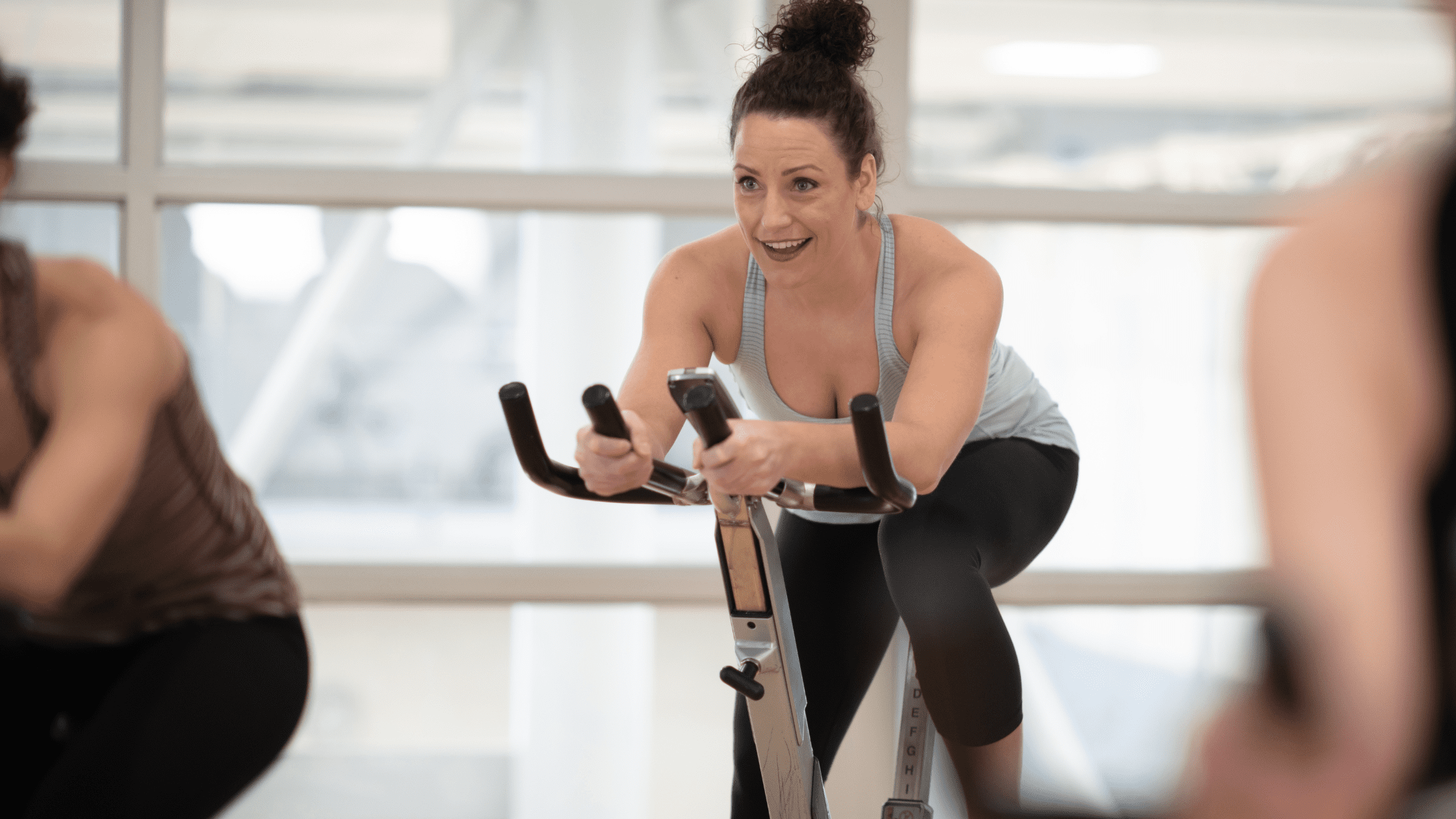
Can recumbent bicycles increase glute strength? Surprisingly the muscles in the gluteus area have an impact on rotations in cycling. The gluteus maxima work best when cycling but the gluteus medium ad minimus is also involved. They activate your glute muscles when your thigh is moved back. The glutes work together with their thighs during rotation while biking.
Are recumbent bikes good for cardio?
As recumbent bike training is comfortable it can be difficult for you to know how much workout you get out of the exercise. What about recumbent biking? We understand cardiovascular exercise can help reduce fat and blood pressure. A recumbent bike offers great cardio exercises. Its safer for everyone and gives the same high-quality lower body exercise.
Does riding a recumbent bike build muscle?
A recumbent bicycle is used primarily for cardiovascular improvement. This means you're more likely to focus on muscles throughout your legs. Once you start pushing the bike pedals it helps muscles like the glutes, quads, hamstrings, and lower legs.
Can you burn calories on a recumbent bike?
if you are looking to burn more calories it mainly depends on factors like intensity level and exercise duration. Increase your intensity level slowly if you are starting out. The higher your intensity level it will help you to burn more calories. The longer the exercise duration you can expect to burn calories.
Abdominal workout on a recumbent bike
As you sit on your recumbent bike, you feel that you're not doing any weight lifting. Is there anything you want to know? Believe it? Definitely! The way the abs sit in this vehicle stimulates them when cycling. The ab is more active when your legs are adjusted closer to the pedals.
Conclusion
A recumbent bike offers a unique and effective way to target multiple muscle groups while providing a low-impact cardiovascular workout. By engaging your hamstrings, quadriceps, gluteal muscles, calves, and abdominals, you can sculpt and tone your body while enjoying a comfortable and enjoyable exercise experience. So, hop on a recumbent bike and start reaping the benefits for your overall fitness and wellbeing!
Remember to consult with a fitness professional or your healthcare provider before starting any new exercise regimen, especially if you have any pre-existing medical conditions or concerns.
Don't let boredom derail your fitness journey - with a recumbent bike, you can focus on what you want and achieve your fitness goals in a fun and engaging way!
